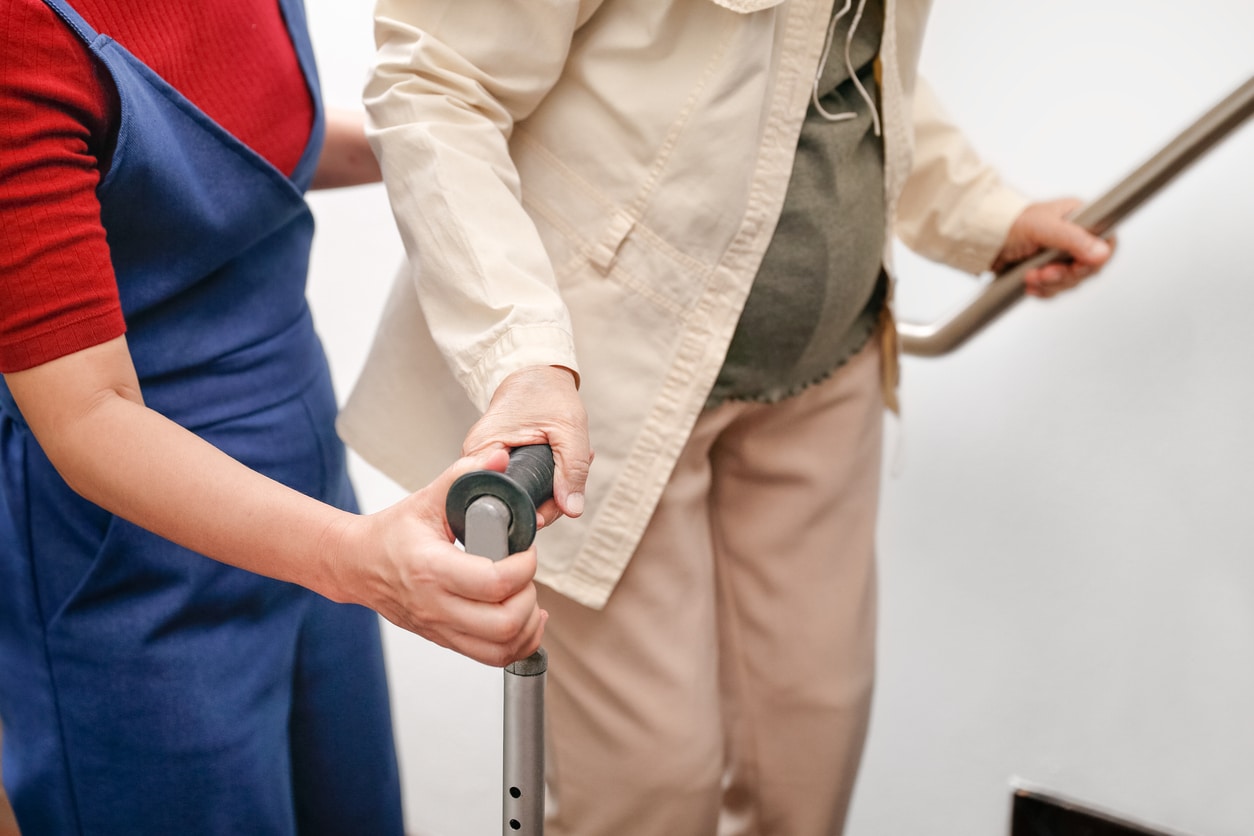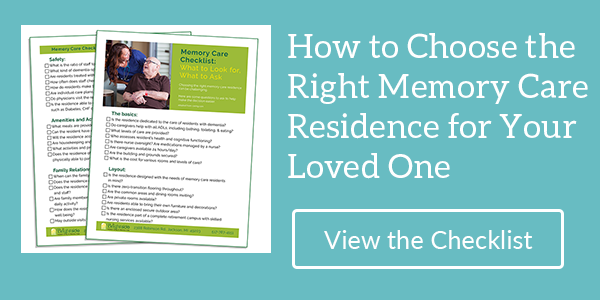Managing life for a loved one with dementia can be trying. Seniors with dementia often require more oversight, and as the condition progresses, simply making a typical home safe can seem impossible. To make life easier for a loved one and their caregiver, take a look at ways to create a more dementia-friendly environment right at home.
What to expect with dementia
Dementia is often diagnosed after years of progression, when signs like forgetting recent events, problems concentrating and socializing, and the inability to manage finances can signal moderate cognitive decline. According to the dementiacarecentral.com article, “Stages of Alzheimer’s & Dementia: Durations & Scales Used to Measure Progression (GDS), FAST & CDR)” this is Stage 4 on the Reisberg Scale (aka the Global Deterioration Scale for Assessment of Primary Degenerative Dementia or GDS) and often the first stage when dementia is diagnosed. Generally lasting 2 years, moderate cognitive decline is followed by:
- Stage 5 Moderately Severe Cognitive Decline (1.5 years).
- Stage 6 Severe Cognitive Decline (2.5 years).
- Stage 7 Very Severe Cognitive Decline (1.5 to 2.5 years).
Each stage represents greater loss of mental abilities, increased emotional problems, and physical changes impacting speech, bladder control, motor skills, and activities of daily living.
Eliminating hazards
As noted in the nia.nih.gov article “Alzheimer’s Caregiving: Home Safety Tips,” one of the first steps is eliminating fall hazards. Cleaning out cluttered areas and pathways, rearranging furniture, or moving a bedroom to a lower floor are great ways to begin.
Next, assess dangers in the kitchen. Safety latches on drawers and cupboards containing items like knives and breakable dishware can help, as can unplugging or turning off gas stoves, or installing a cut-off switch. Other quick fixes include setting the water heater at 120 degrees to avoid scalding, and labeling faucets “hot” and “cold.”
For many seniors with dementia, medication management is no longer possible, so locking up or removing prescription medications (including over-the-counter drugs) can help limit the chance of accidental overdose. Even toothpaste, lotions, and soaps can become a problem if mistaken for food and should be secured.
Another area of concern is household products, devices, and tools. Remove anything flammable or ignitable, such as paint thinner, gasoline, matches, or lighters, as well as firearms, scissors, space heaters, and power tools. If a loved one uses electric bedding such as sheets, blankets, and mattress pads, controls should be kept out of reach to avoid burns or fires.
Create safe spaces
Depending on the stage of dementia, there are many ways to make homes safer with simple additions. The AARP article “50 Tips to Help Keep Dementia and Alzheimer’s Patients Safe in Your Home” notes many are quick, such as adding grab bars, raised toilet seats, non-skid mats and strips, shower chairs, and handheld shower heads in the bathroom.
In the kitchen, unplug heat-emitting appliances like microwaves and toasters when no caregiver is present, disconnect the garbage disposal, and place often-used items within reach to avoid climbing.
Installing bed rails in the bedroom will help keep seniors from falling out of bed, and for seniors who spend a lot of time in bed, a monitor (like a baby monitor) can help caregivers keep a close eye on them while tending to other chores.
Throughout the home, remove any poisonous plants, plastic fruits or vegetables, and either remove or secure rugs with non-slip pads. Also, check the furniture to make sure it is safe and sturdy. Chairs with wobbly legs, those without armrests for support, and any furniture that is difficult to get into or up from should be repaired or removed. It may also become necessary to add door locks that cannot be accessed by a loved one to eliminate the possibility of wandering.
Consider contrast for dementia safety
An aspect of dementia safety that is easy to miss is that of color. Seniors with dementia can lose the ability to see some colors so, thediytherapist.com article, “Alzheimer’s Caregiving: Strategies To Make Your Home Dementia Friendly” explains how adding contrast can help. One of the first colors to go is blue, but red and green remain, so creating contrast on surfaces like the bathtub or shower edge, the edges of steps, door thresholds, and even outdoor sidewalks can make a difference.
Another aspect is using contrast to make mealtime easier. Contrasting placemats and plates help improve visibility, and even arranging food according to color on a contrasting plate will help.
When living at home with dementia becomes too difficult, take a look at what memory care at Ganton’s Countryside provides. For more information about Countryside, please call Margaret Nagel at (517) 206-5000 or download our brochure to learn about our care levels, cost, and amenities.


